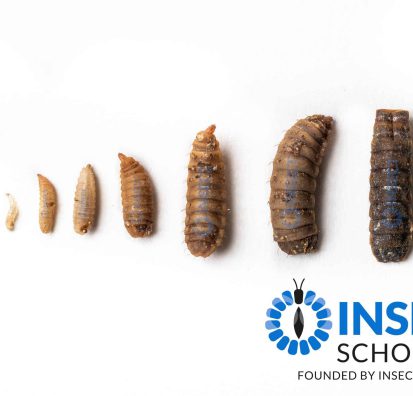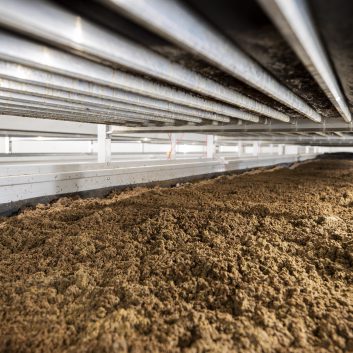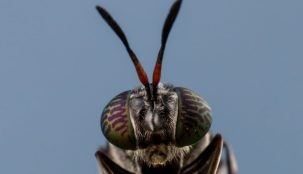Understanding the Translucent Abdomen of the Black Soldier Fly

The black soldier fly is a fascinating insect that has garnered attention for its potential in sustainable waste management, animal feed production, and even human nutrition. One of the intriguing features of this fly is its translucent abdomen, which serves multiple functions and offers insights into its biology and ecological role.
Anatomical Overview
The black soldier fly is part of the Stratiomyidae family, characterized by a robust body, large eyes, and distinctive coloration. The adults are known for their black bodies with metallic blue undertones and their strikingly transparent abdomen. The translucency of the abdomen is primarily due to the reduced pigmentation and the presence of a thin cuticle, which allows internal structures to be visible from the outside.

Functionality of the Translucent Abdomen
- Thermal Regulation
The translucent abdomen plays a crucial role in thermoregulation. By allowing sunlight to penetrate, it helps in maintaining the fly’s body temperature. This is particularly important for the black soldier fly, which thrives in warm environments. The transparent cuticle facilitates the absorption of heat without the necessity for dark pigmentation, which can be less efficient and more variable.
- Camouflage and Predator Avoidance
The translucency also aids in camouflage. By reflecting the surroundings, the abdomen helps the fly blend into its environment, making it less conspicuous to predators. This is a vital adaptation for survival, especially in the wild where predation pressures are high.
- Reproductive Signaling
In many insect species, physical attributes play a significant role in mating rituals and reproductive success. The translucent abdomen of the black soldier fly may serve as a signaling mechanism during courtship. The visibility of internal organs and processes could provide potential mates with information about the health and viability of a partner, influencing mate selection.

Implications for Research and Application
The black soldier fly’s unique abdominal feature has practical implications in various fields:
- Sustainable Waste Management
Understanding the biology and behavior of the black soldier fly, including the function of its translucent abdomen, is crucial in optimizing its use in waste management. The larvae of the black soldier fly are efficient decomposers of organic waste, converting it into valuable compost and protein-rich biomass. Research into their thermoregulation can help in designing better rearing and processing environments to maximize waste conversion efficiency.
- Animal Feed Production
The fly’s larvae are also a sustainable source of protein for animal feed. Knowledge of the adult fly’s physiological traits, including the translucent abdomen, can improve breeding programs and larval production systems, ensuring a consistent and high-quality feed source.
- Human Nutrition and Biotechnology
There is growing interest in using black soldier fly larvae as a novel protein source for human consumption. Understanding the full life cycle, including the adult fly’s anatomy, is essential in developing safe and effective production methods. Additionally, the translucent abdomen offers a model for studying transparency and pigmentation in other biological systems, potentially leading to biotechnological innovations.

The translucent abdomen of the black soldier fly is a remarkable example of evolutionary adaptation. It highlights the intricate balance between form and function in nature, providing the insect with advantages in thermoregulation, camouflage, and reproductive signaling. As research into this species continues, the knowledge gained not only enhances our understanding of insect biology but also paves the way for sustainable applications in waste management, animal feed production, and beyond. The black soldier fly stands as a testament to the potential of leveraging natural systems for human benefit, underscoring the importance of preserving and studying biodiversity.
For more information about:
- Insect Bioconversion of Waste, please contact us at the Insect school. https://www.insectschool.com/
- Turnkey Insect Farms – https://www.insectengineers.com/bsfturnkey/production
- If you would like to book BSF industry keynote speaker Bob Holtermans for your event – https://www.insectengineers.com/about-us/speaker-bobholtermans










